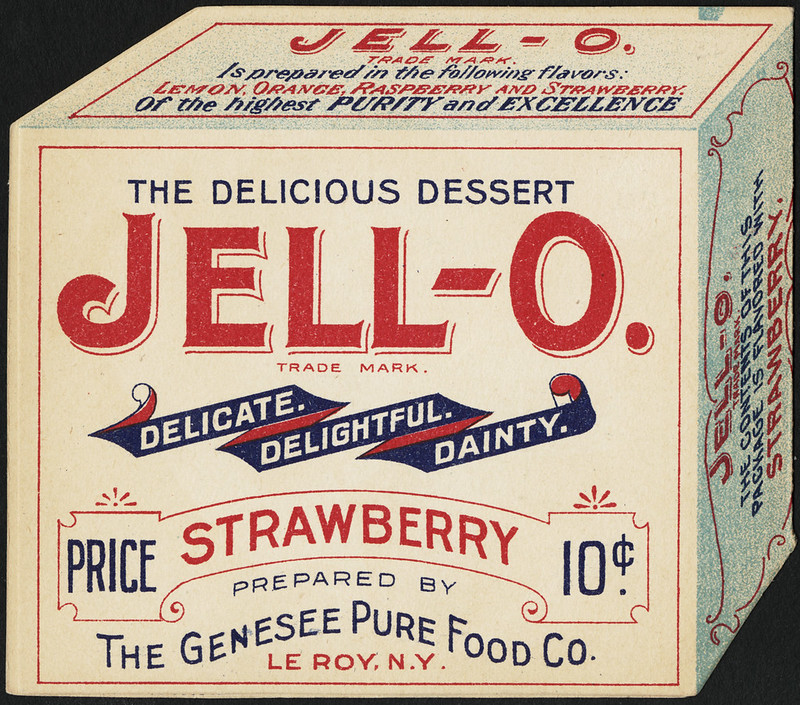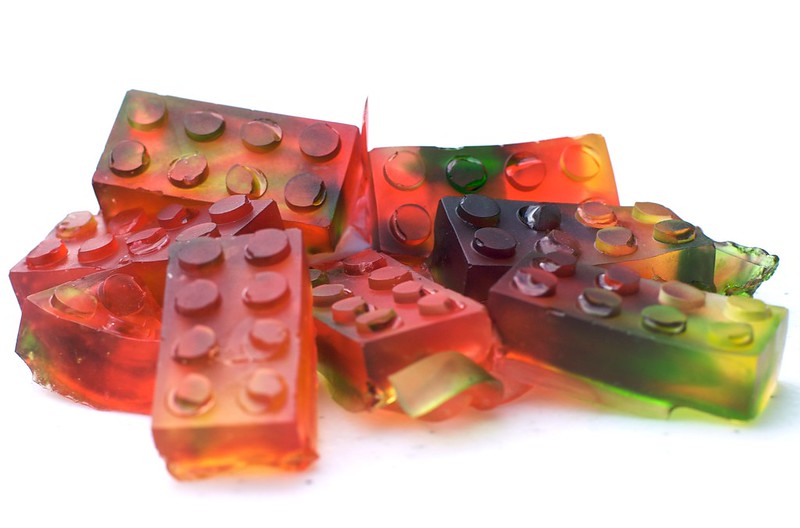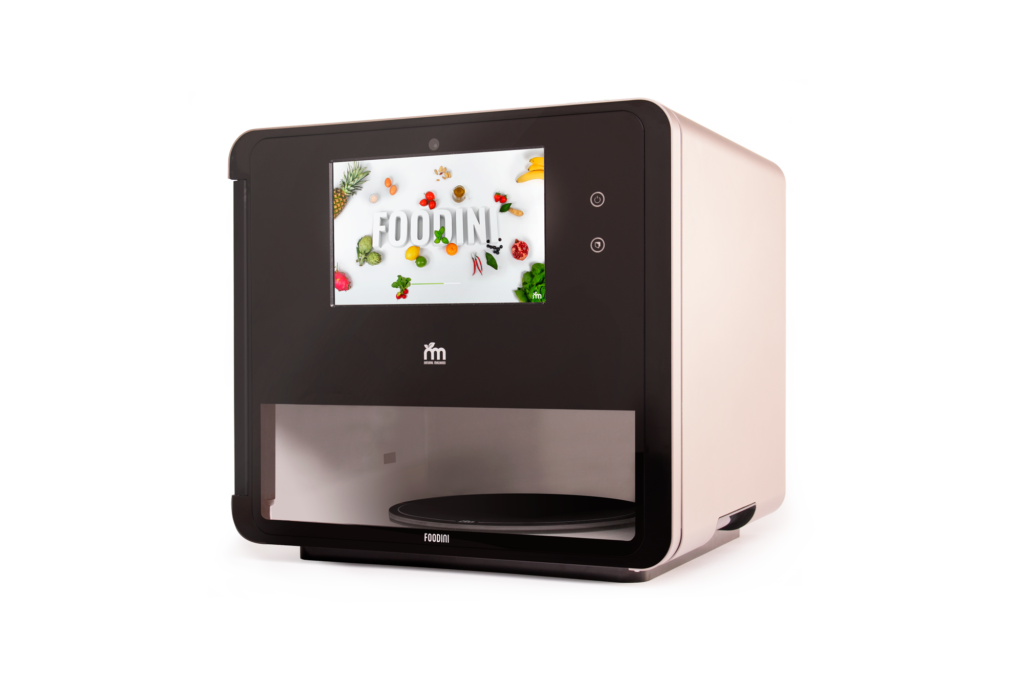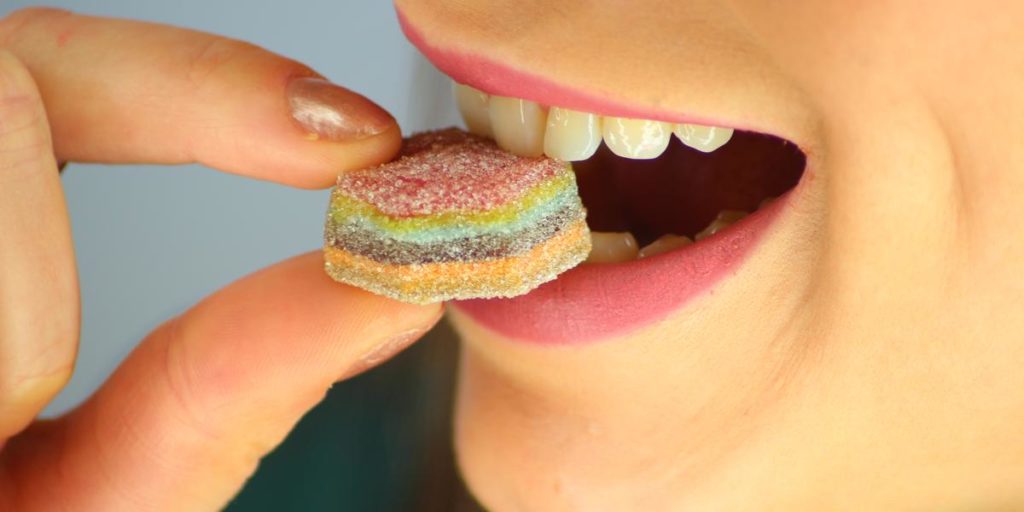As we’ve seen previously in this series, 3D printing could have a significant impact on the burgeoning meatless meat industry. Moreover, everything is surimi is everything, and everything is surimi. These two claims of mine could have a substantial effect on 3D printing as an industry and our world in general, if they turn out to have substance.
We are however, in the initial stages of a food revolution. The bigger picture sees the Industrial Revolution (which created the current food system of supermarkets, chains, and brands), the Green Revolution (which expanded agricultural production in the 1950’s), bioindustry development (which saw the dawn of AFOs, hormones in meat, caged chickens in their millions, etc.) be joined by another paradigm shift in food production: Lab Food.
Where the Industrial and Green revolutions created the infrastructure for food production for an industrialized world, the bioindustry made previously scarce animal protein inexpensive and industrialized animal slaughter. With an increased focus on ethics, health, and the origin of things, many dining trends are pointing to the need for more functional foods and more ethical foods.

The opportunity here is significant because, through the use of cutting edge techniques, new branded foods can find new channels to market and supplant the existing food system. Now the Cargills, Walmarts, Simplots and Nestles of the world will feel what it is like to get disrupted. Through technology, lower-cost, higher-margin substitutes for existing foods could be made that could additionally be healthier and yummier. By branding these goods directly to the consumer to create demand rather than relying on placement in the supermarket, the supermarket system is disrupted. Through vertical integration or ignoring traditional trading and distribution partners, that system could be disrupted. As previously stated, the VC set will come replete with disingenuous promises and overinflated expectations paired with low quality in a lot of cases with many of the challenger firms fading.
But, with a series of hundreds of million-dollar energy bar exits, food is now a cool and exceptionally rapid path to money. Impossible and Beyond are close to being one-word brands and making inroads in many different channels simultaneously. Whereas, years ago, they would live or die in the supermarket aisle, now they can sell through chains, many different stores, online, via meal delivery services, etc. The level of technological innovation that they are bringing to food is, however, rather tame by my estimation. What they’re really doing is a significant branding and value innovation by building their companies so well in the public mind.

I believe 3D printing to be the key technology to making lab food taste better, have a better texture, mimic better, and be more functional. If we look ahead to possible innovations that innovative food disruptors could take, we can see that 3D printing can play a key role in many different scenarios, as well.
Food Intermediates
In the surimi article, we already discussed that many things could be surimi. Slurries and paste foods can repurpose inexpensive components into a higher value item through the addition of process or supplementary ingredients. In addition to the surimi-as-a-final-product idea, we can also imagine many food intermediates that could be created via 3D printing and ancillary technologies. To add texture and repurpose a slurry, 3D printing can play an excellent role in providing textural elements or creating the final shape. In this scenario, think of replacing palm oil or lowering the processing temperature of an oil by adding in precise crystals of another material.
Release Profile Changes (in Process)
Following on from that, we could also see pectin, for example, printed in a different shape so that it will, either in process or final product, work at a different moment. Similar to release profile changes in 3D printed drugs, lemon and sugar could mix at a delayed time with pectin in an industrial process because we changed their release profile via 3D printing. This may lead to increased effects, less need for materials or faster processing times. Think a new shape of yeast that more quickly gets started in dough, for example.
Release Profile Changes (in Tasting)
Similarly, we can expect new shapes of chocolate that will lead to novel “taste explosions” or could make a taste linger longer in the mouth or make something crunchier. We could see caramel deployed inside a flour ball or with a series of smaller balls of different materials in ice cream. We could engineer fondant cake effects with things melting or oozing out at a certain predetermined time, as well. We could print gaplets to let a thing dissolve faster or at a slower pace.
New Crystals/New Taste
We could also change how salt or sugar crystals are shaped to, for example, make do with less sugar but with the same sweet taste.
Sintering of Sugars
Specifically, the sintering of sugars could lead to many sugar cubes of different shapes that could radically change the taste of sugars or caramels.
Nougat

Industrialized nougat is now as commonplace as it is overlooked, but this product played a huge part of the Mars and Hershey companies’ conquests of the world. Indeed, the Milky Way bar, Snickers, Baby Ruth, 3 Musketeers, and Payday bars all have nougat. During the Depression, the concoction of aerated sucrose/corn syrup egg white/gelatin milk powder whetted appetites inexpensively. A better nougat with more aeration or a more contemporary taste could, in and of itself, be a major change in the candy aisle, at least.
Thickening Agents

Specifically, modifications in the structure of thickening agents such as xanthan gum or gelatin, could lead to changes in mouthfeel or generate a very different sensation on your tongue. 3D printing could lead to novel shapes and release profiles for these agents and hydrocolloids, specifically.
Nutritionally Complete Hydrogels
Agar, alginates and other polysaccharides could be used to make a hydrogel. 3D printing novel textures could be added to these hydrogels to make them tastier and to add in specific nutrients. A lot of work in bioprinting is going into hydrogels, as well.
Age Group-Specific Foods
Within the same process, 3D printing could make different shaped or different nutrient-loaded foods. Less salt for the elderly a no sugar diabetic-friendly version, could all be done in a controlled manner.
Individualized Nutrition
One startup, AnRich3D, is already working on the idea of producing individualized nutrition on-demand using 3D printing. This could take the form of making something to your exact needs or delivering the specific nutrition you would need that day based on your movement.
Mass-Customized Foods
Labels and names are being mass-customized to a certain extent in foods but true mass customization of batches, names and individualized tastes of foods would be made possible through 3D printing. This is also possible today.
Medicinal Foods
Food could be 3D printed with different doses of medicine inside them to make a Mars bar your pill, at a dose only for you. Furthermore, that dose could be specific for the disease stage that you are at. Nourished is already 3D printing personalized vitamins and selling them as a subscription service.
Chew
Foods could be made with 3D printed structures that make them feel very chewy while in reality, they are easier to chew for the elderly for example.
Repurposing Food Waste
At industrial sites, restaurants or the home, much food is thrown away. 3D printing could be used to repurpose foods into new forms. Rice could be turned into cornflakes for example. One designer has already showcased this.
Home 3D Printers for Food

Natural Machines is planning to develop food 3D printers for home use. Image courtesy of Natural Machines.
Perhaps some people will want a Nespresso machine for food to make some foods or make an individually nutritious granola bar, with their own texture design, just for them.
Local Processing
Coffee is processed, and much of the value is added, in places like Hamburg or Rotterdam. It has been difficult to get equipment out to remote cash-strapped farmers thus far. Through 3D printing spare parts, we could perhaps do more value-add closer to the farmer and may even ship directly from farmers to customers.
3D Printed Phytonutrients
When added to 3D printed food, phytonutrients could be functionalized and mixed in with many dishes. This could lead to a self-medication via other means, as phytonutrients could do things for you, such as protect you from sunburn, for example. This is the one that kind of also worries me in an Omega fish oil-essential oil kind of way.
As we can see, the Lab Food industry can really mine 3D printing for a lot of exciting new technologies to stave further innovations on their part. All in all, I believe that 3D printing will be a key technology that may enable a new food revolution.
Image Credit Karliss Dambrans, Bodo, Marc Arsenault, UC San Diego, Boston Public Library.
Subscribe to Our Email Newsletter
Stay up-to-date on all the latest news from the 3D printing industry and receive information and offers from third party vendors.
Print Services
Upload your 3D Models and get them printed quickly and efficiently.
You May Also Like
Reinventing Reindustrialization: Why NAVWAR Project Manager Spencer Koroly Invented a Made-in-America 3D Printer
It has become virtually impossible to regularly follow additive manufacturing (AM) industry news and not stumble across the term “defense industrial base” (DIB), a concept encompassing all the many diverse...
Inside The Barnes Global Advisors’ Vision for a Stronger AM Ecosystem
As additive manufacturing (AM) continues to revolutionize the industrial landscape, Pittsburgh-based consultancy The Barnes Global Advisors (TBGA) is helping shape what that future looks like. As the largest independent AM...
Ruggedized: How USMC Innovation Officer Matt Pine Navigates 3D Printing in the Military
Disclaimer: Matt Pine’s views are not the views of the Department of Defense nor the U.S. Marine Corps Throughout this decade thus far, the military’s adoption of additive manufacturing (AM)...
U.S. Congress Calls Out 3D Printing in Proposal for Commercial Reserve Manufacturing Network
Last week, the U.S. House of Representatives’ Appropriations Committee moved the FY 2026 defense bill forward to the House floor. Included in the legislation is a $131 million proposal for...


































